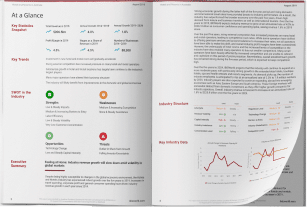2023 Version
Around 22%
number of inquiries made with the AHRC made on Disability grounds.
The level of disability inequality has increased by 20 points since 2017.
While labour market participation has improved levels remain lower than other advanced OECD economies.
Overview
Barriers to accessing essential services play a significant role in perpetuating inequality between people with disabilities and those without.
Inadequate infrastructure, limited accommodations and insufficient support systems contribute to the exclusion of many people with disabilities from mainstream services. This hampers their ability to fully participate in society and denies them the fundamental resources necessary for their well-being and social inclusion.
Per Capita examined disability inequality between 2010 and 2021, focusing on labour force participation and rates of reported discrimination.
Interpreting the Index charts and values
Consistent with other measures of inequality we present inequality as a value between 0 and 100, with 0 denoting perfect equality. At any value in excess of 0 there is inequality between the considered measures; the higher the value, the greater the level of inequality.
Because all values are in ratio terms the value may be interpreted as the distance from equality; for example, if wealth inequality is rated 70, this would indicate that the wealth of the highest income group would need to decrease by 70% for equality to be achieved. All index values are in the same percentage scale.
While the labour market participation of people with disabilities has improved since 2010, incidences of reported discrimination have increased. Again, discrimination that limits opportunities for people with disabilities is high in Australia by OECD standards.
Disclaimer – The analysis employs economic and econometric techniques to provide estimates of plausible terms to equality, based on the interval trend, they are not estimates of the predicted term to equality, which will be consequential to policy and regulatory settings, amongst other critical factors. The extant models provide an indication of the term to equality should extant 10 year trends continue.
How does the Index work?
This report, and the Index it explains, seek to address this gap in public information by providing a comprehensive and multidimensional measure of inequality that can inform policymaking and advocacy. By measuring shifts in measures of inequality the index and sub-indices afford a more comprehensive and nuanced representation of the root causes and impact of inequality in Australia.

